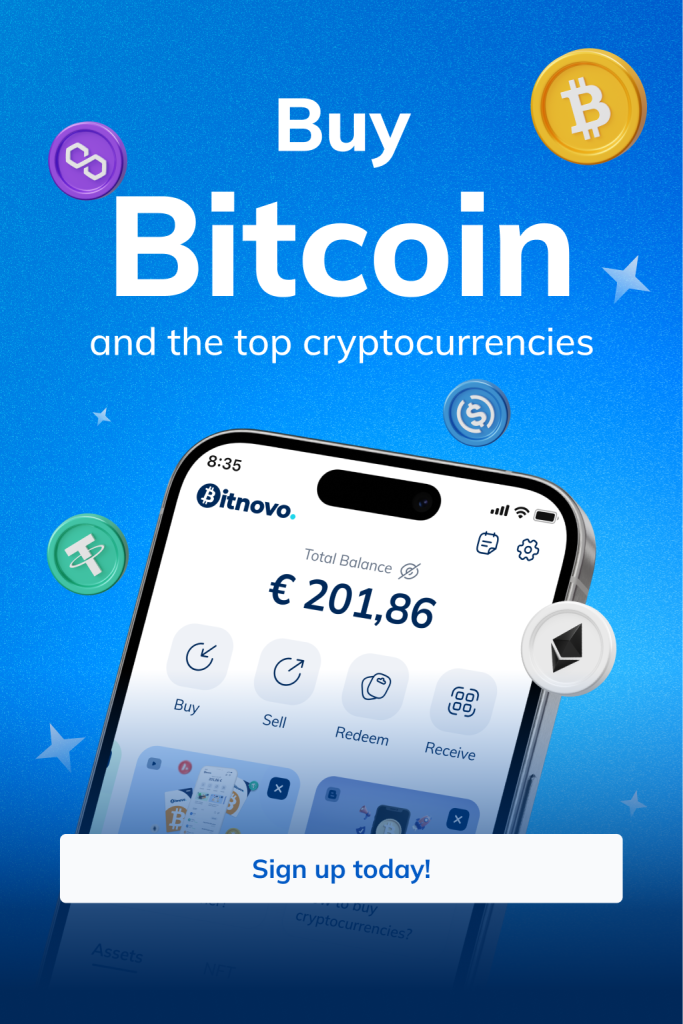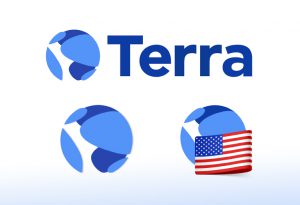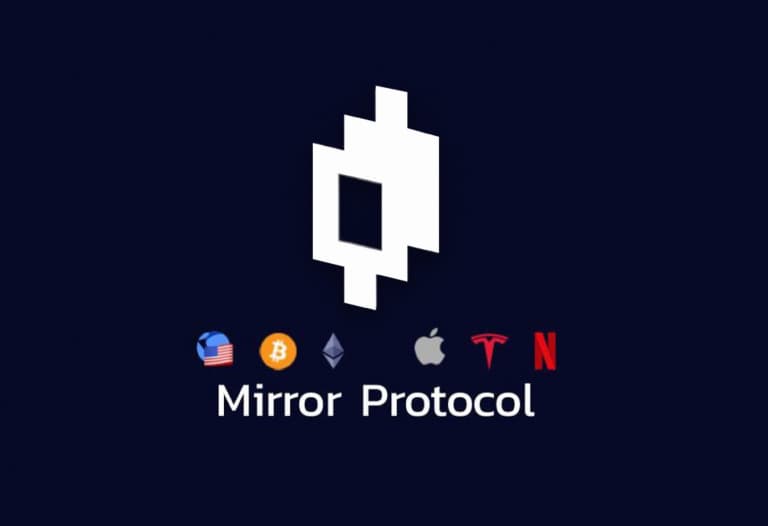
Table of Contents
ToggleIt was December 2020, little was being said about Terra’s blockchain, LUNA and UST, when Mirror Protocol was taking its first steps.
In a nutshell, Mirror Protocol is a platform created to represent assets, from the blockchain world but also from outside, and to be able to operate them with all the advantages granted by decentralization.
Being Terra’s first platform, the ecosystem has a special affection for it. But the success of Mirror Protocol does not depend on the emotions of the Lunatics (LUNA fans) of the first hour, but on the unique solution it provides.
I invite you to get to know all the benefits that this decentralized application has to offer.
What is Mirror Protocol?
Mirror Protocol is a decentralized platform, hosted on the Terra network, on which various transactions can be carried out with a special type of cryptocurrency, called synthetics.
Now, step by step, I will explain what the previous sentence means.
Decentralized platform
By now, I assume that everyone reading this article knows what a decentralized platform or application is. But just in case, as the public renews itself, these are applications that instead of being hosted on a single server or computer, are hosted on a decentralized blockchain, where each node acts as a server for this application, thus avoiding a “single point of failure”.
And what benefits does this bring to Mirror? Well, two very important ones, compared to the traditional financial world:
-
- No authorization is required to start trading.
- Mirror operates every day, around the clock.
- No authorization is required to start trading.
Remember these two points well, as they will take on special significance throughout the article.
What is a synthetic?
The English word “mirror” means, in English, mirror and it makes a lot of sense. I can say that a “synthetic” is a species within the “cryptocurrency” type and its main characteristic is to follow or replicate, like a mirror, the price of another asset.
These synthetics, in Mirror, are called mAssets and can be traded within the platform. We have mAssets that represent other cryptocurrencies, such as mETH or mBTC, but also mAssets that represent stocks from the traditional world. And this is where the great innovation of Mirror lies.
Now, let’s pause a bit and imagine the game of possibilities that opens up being able to trade assets such as Google, Facebook or Apple shares 24 hours a day, 365 days a year, simply by connecting our wallet. As they say in crypto jargon, this is a “game changer”.
Now, you may be wondering, how do these synthetics track the price of the underlying asset? The answer is, by means of an oracle.
What is an oracle?
When explaining what a blockchain is, it is, or at least should be, emphasized that they are secure because they are isolated.
This means that in order to participate in it, all players must submit to rigorous rules, which allow them to operate without having to ask for permission. Of course, we all assume that users will respect these rules thanks to consensus, and so we can sleep soundly.
This is why oracles were born. It is a highly complex development that allows a blockchain to securely consume information that is outside of it. In this case, that information is the price of gold, Tesla or Apple shares. In short, oracles are the secure connection between a blockchain and the external world.
Well, having unraveled the initial sentence, we still need to know what operations we can perform in Mirror. Will you join me?
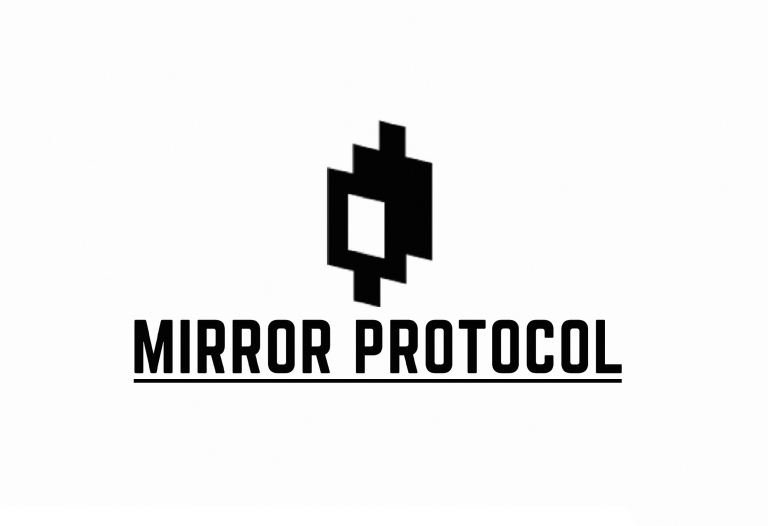
What does Mirror Protocol have to offer?
At this point of the article we can say that, broadly speaking, we know how Mirror works and what options it offers. But what am I talking about when I say “trading assets”, is it possible to do more than just buy them, what currencies do we invest in the platform with? All these questions and more are the focus of this section, so let’s start breaking down Mirror Protocol.
Dashboard
The first option when entering Mirror is a dashboard. Undoubtedly, from Terra’s applications it is notorious the importance they give to the user experience and the work that exists to provide a good visualization of the pages.
Mirror, being the first, led the way. Its dashboard is simple and elegant. In the first box we see our holdings and on the right we find our rewards in MIR (Mirror’s native token), if we have them pending withdrawal, the MIR price and a button to claim rewards.
Trade
While some time ago most of the trades on Terra ran via TerraSwap, Mirror bet from the beginning for self-sufficiency and presented us with a simple tool to buy and sell our coins. Of course we can buy MIR and all the mAssets available on the platform, in exchange for UST (Terra’s decentralized algorithmic stablecoin).
So, it is here where we find the first way to trade these mAssets or expose ourselves to their price, directly buying them in exchange for UST. The price of the mAsset will depend on the information brought by the oracle plus the variations of the same on the platform, due to the selling and buying pressure.
Let’s remember that these assets, in the real world, are traded during working hours, but at Mirror they do not rest. Therefore, there are often very interesting arbitrage opportunities on weekends.
Important detail: there are “limit orders”, so we can set the price at which we want to buy or sell an asset and when this price becomes a reality, our order is automatically executed.
Borrow, Mint
Here what Mirror offers us is the possibility, through a collateral such as UST, LUNA, aUST (token that represents UST deposits in Anchor Protocol) or any mAsset, to “mine”, create or mint a mAsset. The platform well indicate us the price difference, called “Premium”, between the price given to us by the oracle and the price of the mAsset in Mirror. More arbitrage opportunities.
Now, not everything is rosy. It is necessary to be cautious with the ratio of our collateral, which must always be higher than 150%, since below that percentage, part of our collateral will be liquidated to cover our position.
The platform suggests a minimum of 200% in order to be calm and allows us a maximum of 310%. Finally, at the time of unwinding our position, which would be to return the mAsset to recover our collateral, we must pay 1.5% on the total.
How does the collateral work to “mine” mAssets?
Suppose we want to mine mAAPL, the synthetic that follows, represents, or “mirrors”, the price of Apple’s stock. At the moment, the oracle indicates that its price is 171.88 UST.
In this example, we select UST as collateral and load the amount of 1000. The next step is to “set” the percentage of our collateral. To rest our head on the pillow, we select 200%.
Just scroll down to the third step, “Confirm borrow amount”, to confirm the amount borrowed or minted from the mAsset, to see that we will leave here with about 2.908921 mAPPL.
If one mAPPL is quoted at 171.88 UST, the mAPPL we will obtain, 2.908921, represents 499.98 UST.
With round numbers, it is simpler to see. By setting the collateral at 200% we are using only half, 500 UST, of our initial capital, 1000 UST, to “mine” mAPPL, while the rest will act as our lifeline in case of changes in the mAsset price.
Farm
Finally, we come to the heart of the matter, where the strategies are enhanced and propagated. Here we will find a list with all the available mAssets and two striking columns, “Long” and “Short”. Continuing to the right we will see the “Pool Price” and the already mentioned “Premium”. But it is on the first two columns where Mirror becomes extremely interesting. Let’s take a look at what they have to offer.
Long
Let’s take the first mAsset as an example, mNIO. In the “Long” column we find 47.51%, what does this number mean? It is the annual percentage that will be paid in the MIR token, to those who open a long position in the mAsset, and how do you open a long? you may rightly ask. Simple.
To open a “Long” in mNIO we must provide the same amount, quoted in UST, of mNIO and UST, in other words offer liquidity to this pair and for doing so we will receive that 47.51%. Those mNIO we can either buy them or “mine” them, Mirror showing us its own “money legos”.
Short
Undoubtedly, the option that attracted the most attention when Mirror version 2 went into production. In this section, users have the possibility of betting that the mAsset they are going to trade will go down in price. Yes, what is commonly known as “shorting an asset”.
The operation is similar to borrow, with the difference that our collateral would be liquidated in the event that the mAsset rises in price and reduces our collateral below 150%.
But that’s not all, for opening a “short” position on mNDIO, the platform will give us 93.84% in MIR. Impeccable.
Please note that these positions cannot be unwound for two weeks and a 1.5% fee must be paid when doing so.
Govern
Fundamental section for the platform. Mirror is 100% decentralized and this requires committed and active users. Those who own MIR can deposit them in the governance in exchange for a percentage return.
However, the key function of this section is undoubtedly governance. Here you will find all the votes, open and closed, in which users participate by blocking their MIR until they are finished. The future of Mirror is decided while in return, a return is received for the blocked MIRs.
Summary
In conclusion, Mirror allows us to be exposed to asset prices of the decentralized world, such as mBTC or mETH, but also to assets of the traditional financial world, such as stocks or the price of gold, in a decentralized way, without any permission to apply for or any form or requirement to comply with.
The strategies here are very varied, but I do not want to fail to mention one of them, which caught the attention of many users.
Delta Neutral Strategy
This is an investment strategy, which allows us to protect ourselves from the price of a mAsset, while taking advantage of the juicy MIR fees for opening positions.
To carry it out, it is necessary to take a capital, divide it in two and use a part to open a “long” position in an asset and a “short” position with the rest. In this way, we cover ourselves from the variation of that asset, while we enjoy the “rewards” in MIR.
Although this is not investment advice, it is necessary to analyze the costs of fees and possible risks faced before undertaking such a strategy.
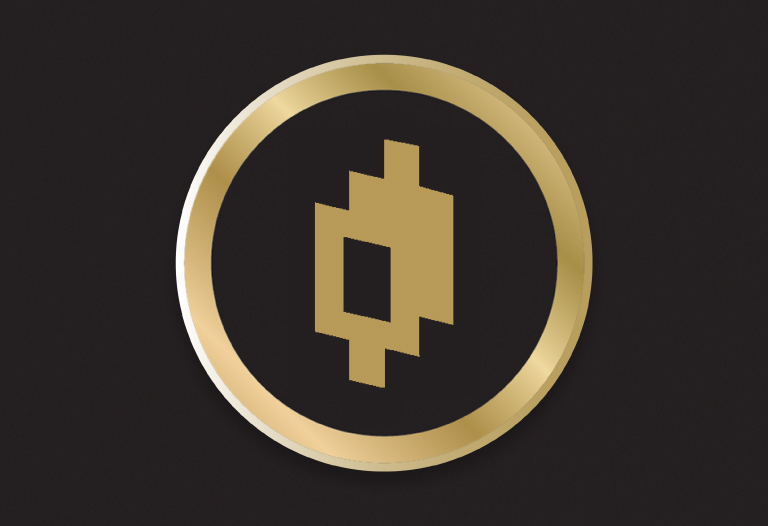
MIR, the Mirror Protocol token
The importance of this token for the platform is notorious.
As a reward token, it has two major streams:
-
- It is delivered to those who provide liquidity on the platform.
- Weekly, for an entire year, it was distributed as AirDrop to those who delegated their LUNA with network validators.
- It is delivered to those who provide liquidity on the platform.
But its superlative function is to govern the protocol. The importance of this role was evidenced by the attempted attacks that Mirror Protocol received from the SEC. It is no surprise that a platform that allows synthetic trading of shares of the most important US indexes, without having to ask for permission, is not looked upon favorably by this body.
For this reason, Terraform Labs got rid of absolutely all the MIRs it owned and the protocol became 100% decentralized, governed by its users, by means of the votes explained above.
Thanks to decentralization, Mirror Protocol became “untouchable”.
A look into the future
Undoubtedly, the application that allowed exposure, for the first time in the short history of Smart Contracts, in a decentralized manner and without the need to ask for permissions, to asset prices in the traditional financial world, is well positioned for what is to come.
As Terra’s diffusion continues to grow, so will Mirror Protocol.
It is a 100% decentralized protocol, governed by its users. Its governance token recently completed its AirDrop cycle. It will be interesting to watch its price from here.
But, from now on, what Mirror Protocol must show to its own and others, is that the level of decentralization achieved is a “feature” and not a “bug”…
